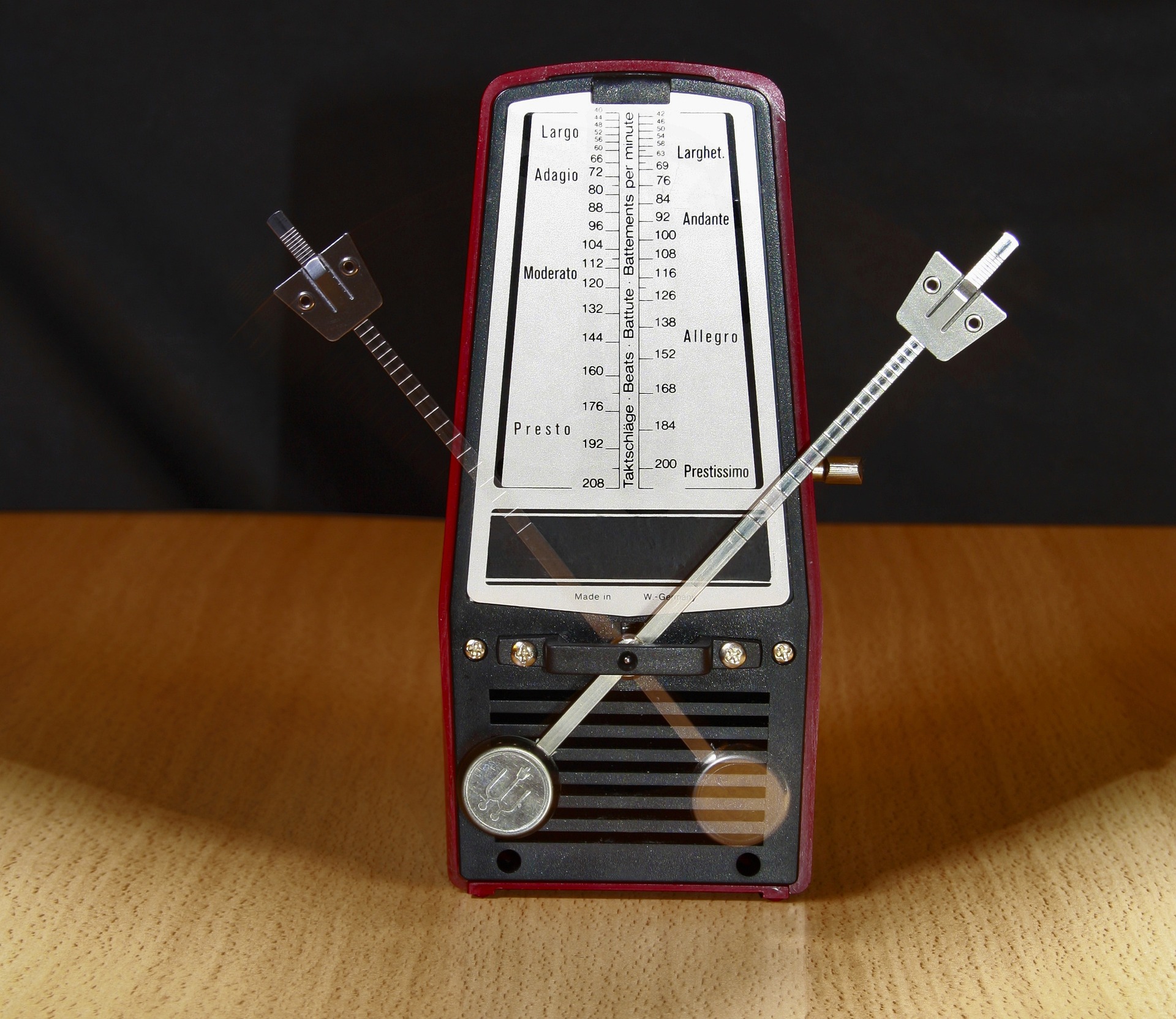Hello everyone! I just wanted to share the process I use to help teach people (specifically fellow pianists) how to improvise, especially for group environments like Jam sessions. Feel free to leave a comment down below what your thoughts on my general process, or if you have any other cool tips or suggestions that you would recommend to people who are exploring this fun collaborative experience for the first time.
Step 1: Listening

- Ask the person to start playing a piece that they particularly like while you are either sitting next to them or hovering nearby. Pay attention specifically to any technique, melodic fragments, or familiar scales they can potentially start riffing on later. However, this is just as much for the student to get comfortable playing with you around them, so keeping a laid-back, friendly environment will help a lot during this step.
Step 2: Conversation

- Transitioning smoothing out of step one, start chatting with the student. What music have they been listening to? What styles do they enjoy? Are there any scales or patterns that they feel particularly adept at? Use this as a chance to gather any other information you think will help you incorporate styles and other musical elements they are not only capable of easily working with, but also . Improv is the live expression of past listening, so having an idea of what songs and artists they’ve been following will greatly improve their current and future collaborative improv experiences.
Step 3A: Rhythm (Theory)

- Rhythm is arguably the most important music fundamental for ensuring that the student is able to fully enjoy and engage with collaborative improv in the long term.
- However, I highly advise AGAINST having them spend time practicing with a metronome, ESPECIALLY when you are trying to teach someone improv for the first time.
- This is because this is not the type of rhythm that we’ll be needing when we are jamming with other musicians– rather, we want the ability to listen to the other musicians in the group and adjust one’s own performance to match the group’s dynamic.
- This is especially important the less of a rhythm instrument/ role you are filling in the group. Most groups in general are more successful when they try to match the tempo of their drummers and bassists as opposed to vice versa.
- This is also, ironically, why many of the classically trained musicians I know (including myself) were not so great at improv when they were first starting out. Because there are no conductors or metronomes setting a definitive tempos in jam sessions, the ability read a room and adapt accordingly is invaluable skill for effectively contributing to these activities.
Step 3B: Rhythm (Execution)

- At this point you should, at the very least, have a decent idea of a scale that the student is comfortable with. If you don’t, you should spend some more time in Steps 1 and 2.
- Ask the student to stop playing temporarily.
- Your task, as the instructor, will be to now play the same note a couple hundred times until the student is comfortable with matching rhythms with you. But more specifically…
- Pick out a short monophonic 1-bar melody. This can be an interesting fragment from a piece the student was playing. Or alternatively, you can stich together a couple of notes from the established comfort scale to form a simple quarter and eighth note tune. Less is more here.
- Start by playing quarter notes in a bass register at a tempo of around 80 to 100 BPM. Ask the student to play the predetermined melody in time on top of your part.
- As the student locks in and synchronizes with your playing, gradually speed up towards your desired target tempo based on the style and genre preferences you previously learned.
- Once the student is comfortable matching that tentative final tempo, move on to the next step.
Step 4: Magic

- Once you have a solid group rhythm, there are a lot of directions you can go to finally and truly step into the land of collaborative improvisation. For me at least, I’ve historically had the most success asking the student to try and do something semi-creative intentionally building off of and destroying the structure that the student likely relied on during Steps 1 and 2.
- “Mess up” your melodic phrase from earlier. Change the Rhythm. Change the Pitches. Really do whatever you want, there are no wrong notes– only (unplanned) creative flourishes.
- Once the student is starting to get a hang of the exercise, modify your accompaniment to match the target style.
- If you catch your student repeatedly stumbling and stopping whenever they play anything that could sound remotely “incorrect” or “out of place”, introduce the concept of “Repetition Normalizes”. Meaning, that if and when you play some notes you didn’t quite mean to play or otherwise sound moderately jarring… play them again! Seriously, as the name of the technique suggests, playing things that seem “wrong” multiple times in a row makes them feel like they were always completely intentional and intended, but moreover, keeps the flow of the song going.
- There are a couple of other improv exercises that I’ve found to be pretty fun for experienced solo improvers, especially for helping me and a few of my friends get out of the destructive rut of “all of my improv is sounding like the same thing”. I might make a post on this in the future if that sounds interesting.
Other general notes:
- Don’t hog the musical “space” Ricky. If this is really their first time improving, your job should primarily be to give them the full floor and try to accompany them to the best of your ability. Save the impressive solos and modulating riffs for a different occasion.
- For Steps 1 and 2, you should really not be touching the keys or instructing them on how to play things on their instrument. Just let them play how they play so that (A.) You get a better idea of their genuine musical style and (B.) They feel more comfortable playing genuinely and relaxed around you. Especially for the latter, adding any level of stress or directed “task” to the situation will likely lead to more harm than good.
I’ve developed this methodology over the span of teaching 5 people how to improv. As such, it’s not perfect, and there’s definitely room to improve this. But for now this is what I currently am using, and I’ll gladly accept critiques and suggestions in the comments.
Cheers,
A Musitech Nerd